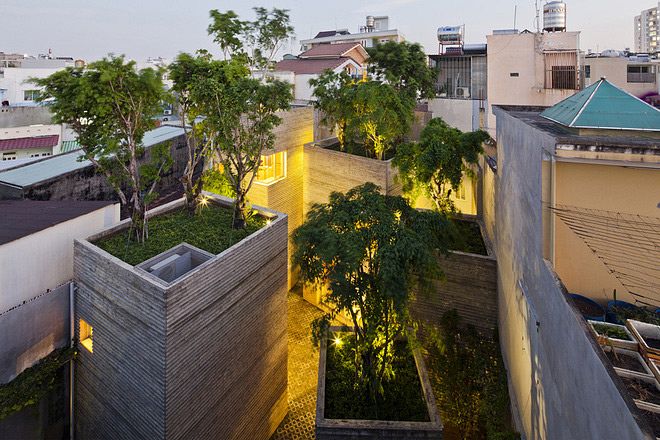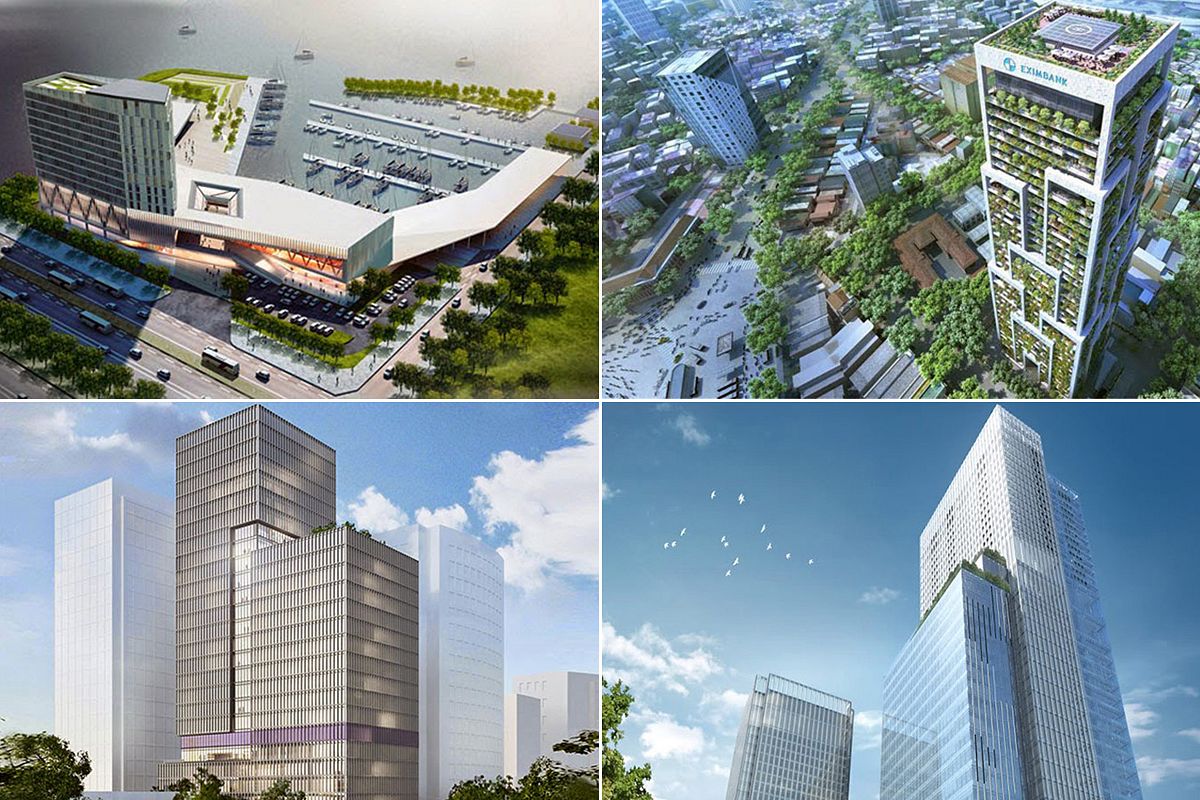Saigoneer is proud to be the media sponsor of the TP. Hồ Chí Minh: MEGA City photo book. Over the course of the next few weeks, we’ll be giving you an overview of the book's fantastic photos. Today we’ll take a closer look at the eight and final chapter: The Soul of the Mega City.
The book, edited by Michael Waibel and Henning Hilbert, was produced with the support of the Goethe Institut, and funding from Audi. It is split into 8 chapters, each covering a major theme related to HCMC's rapid urban development.
The book is available at HCMC Artbook book shops. To order a copy directly, please contact info@saigoneer.com.
This article is part of a series. One can find the previous articles here.
In the previous chapters, we have tried to show to which extent Ho Chi Minh City has changed over the past ten years.
In many ways, the changes are breathtaking: skyscrapers have grown like mushrooms from an uncoordinated sea of narrow townhouses, new highways have cut through developed districts and chic department store complexes call to mind images of Singapore. Outside the city, one wonders who will someday live in the miles of completely empty, large residential areas. Given these changes, which are obviously needed, sometimes questions arise about what remains that is typically Vietnamese.
But if one passes through the public spaces of the city, such as the parks and promenades, the alley areas or even the sidewalks of major streets, then this question does not really matter anymore. The fascinating thing about Ho Chi Minh City is the coexistence of contrasts. Pho stands do business in front of fast food restaurants; sedans race between motorbikes; fancy advertising billboards decorate the facades of old buildings.

Photo by Michael Waibel.

Photo by Nguyen Chinh Luong.
Ho Chi Minh City is ultimately just that: the old and the new, the rich and the poor, the improvised and the envisioned. The soul of the city is what is visible in its public spaces. But above all Ho Chi Minh City is its people: optimistic, cheerful and almost always pragmatic.
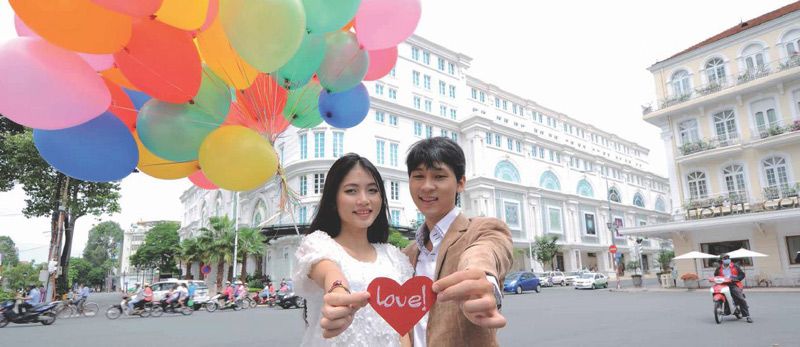
Photo by Nguyen Chinh Luong.
Those who can afford it play tennis in upscale sports facilities in the suburbs, while those who cannot play badminton in the park. Bridal couples not only choose the colonial cathedral as a background for their photo shoots, but also the Phu My Bridge or the empty streets of the suburbs. For couples who are not allowed to be alone in their own homes, public spaces are becoming private retreats.
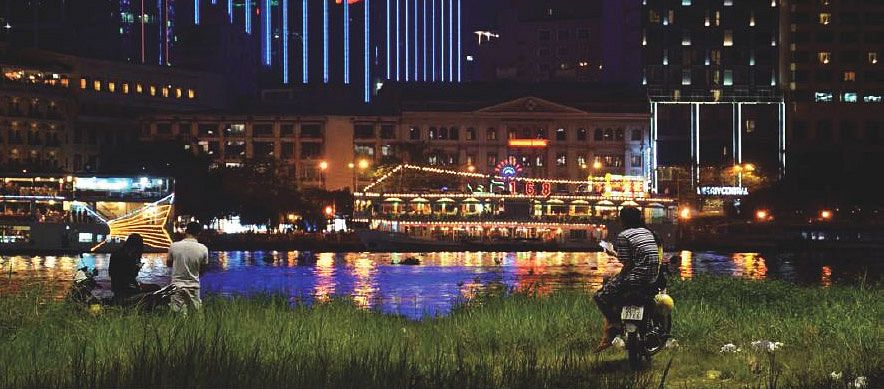
Photo by Henning Hilbert.
In the evenings more and more people are attracted to Thu Thiem, where a new central business district is expected to develop. There people are sitting on plastic stools, looking at the colorful, glittering skyline of District 1, proud of their city and what has become of it. Changes are here seen as opportunity and a sign that things are moving forward.
Just like the traffic. Always chaotic, but always on track.
This is just a taste of what’s offered in the book which is a value at VND900,000. The book is available at HCMC Artbook book shops. To order a copy directly, please contact info@saigoneer.com.
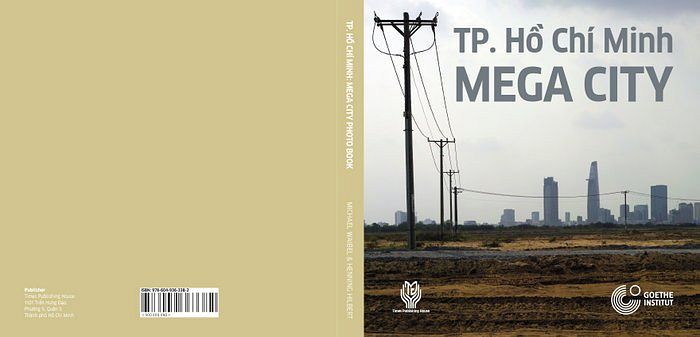
[Top image taken by Henning Hilbert]




